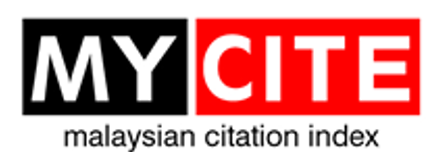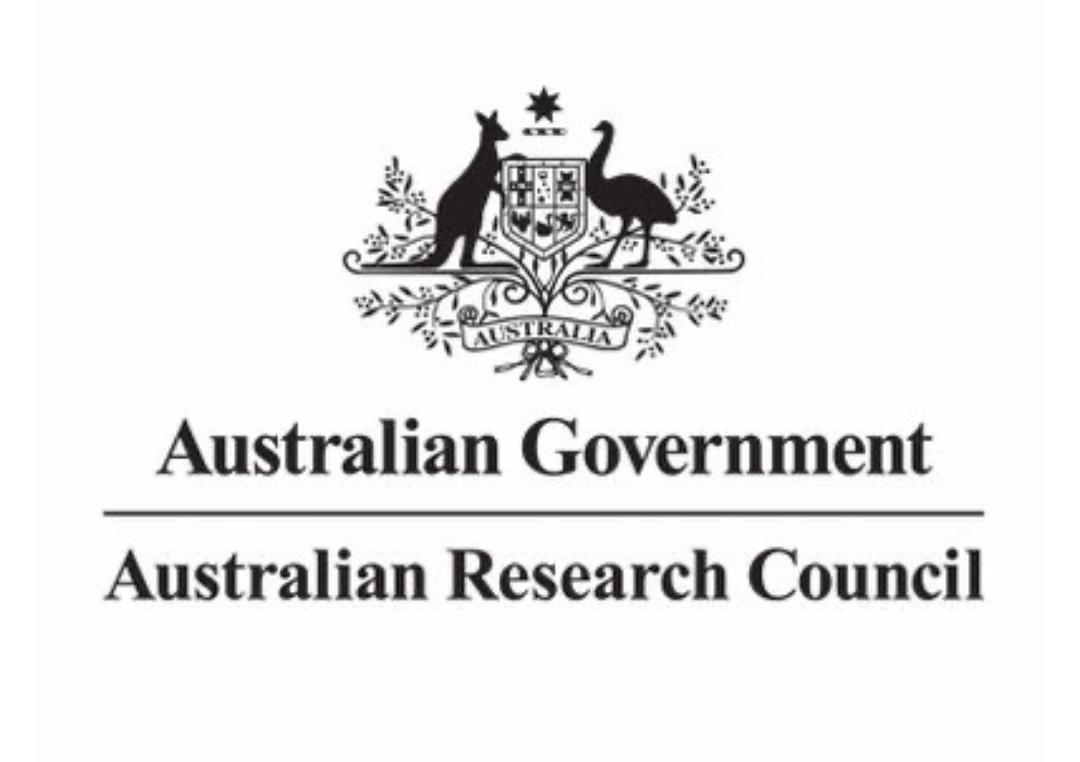Insect Diversity of Sg. Kangkawat Research Station in Imbak Canyon Conservation Area (ICCA), Sabah
DOI:
https://doi.org/10.51200/jtbc.v17i.2653Keywords:
Insect, nocturnal insect, diversity, light-trap, Bornean endemic.Abstract
The nocturnal insect diversity was very high, with more than 100 insect species in a square metre in all light-trapping sites. The mean Shannon Index was 4.60 while Simpson Index was 176.72. It is interesting to note that Sg. Kangkawat insect richness appears to be the second highest after Crocker Range, when compared with 25 other forest reserves in Sabah. There were more than 13 endemic species and a subspecies recorded during the survey, including an undescribed species of moth (Geometridae, Plutodes sp.). In view of the high diversity and intriguing insect fauna, Sg Kangkawat Research Station has potential in promoting nature tourism for special interest tourists. Encroachment is among the threats within this forest reserve. For the general public, the boundary of some parts of the forest reserve is still not clear. Hence, it is important to have more signages to denote the forest reserve boundary. Public awareness and environmental education have to be enhanced among the local communities so that they are aware of the significance of biodiversity conservation of forest resources. The threats and issues have indirectly affected the insect fauna. As such, the forest quality would have to be enhanced in order to maintain the interesting and endemic insect fauna for biodiversity conservation. On-going cooperation with the relevant authorities, such as Sabah Forestry Department and Sabah Wildlife Department, will enhance conservation efforts and curb future encroachment. Further biodiversity research with relevant agencies should be encouraged.
Downloads
Published
How to Cite
Issue
Section
License
BY: credit must be given to the creator.
NC: Only noncommercial uses of the work are permitted.
This journal provides open access to its content under CC BY-NC 4.0 on the principle that making research freely available to the public supports greater international collaboration and information exchange.












